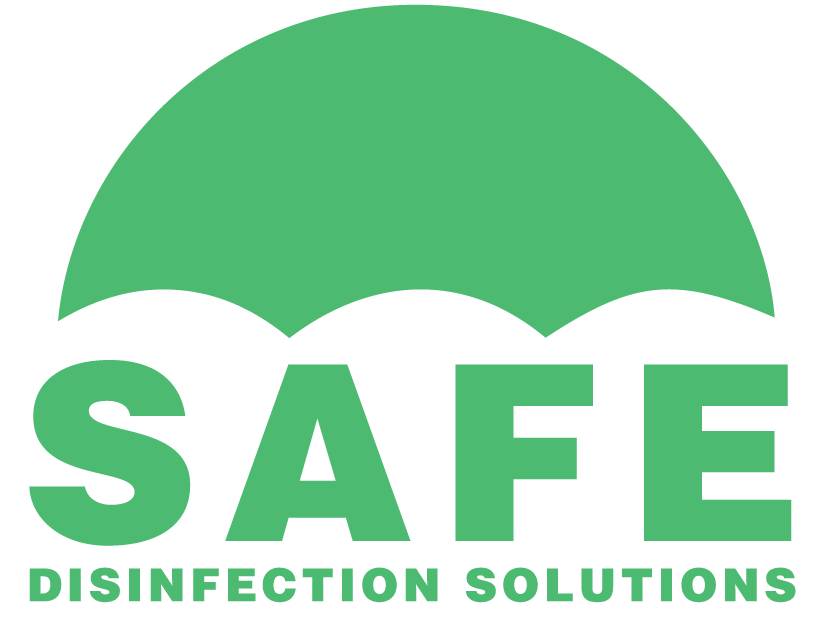FAQ’s (Frequently Asked Questions)
What is electrostatic disinfection?
Electrostatic disinfection is an advanced technology used to apply disinfectants, mold preventatives and sanitizers to 3D surfaces for a 360-degree complete clean.
How do electrostatic sprayers work?
Electrostatic sprayers use charged particles to make disinfecting solutions stick to surfaces. No matter the direction you spray from, the disinfectant wraps around and stays on all sides of the surface, including the side, underside and backside.
Why is electrostatic disinfection better than UV light as a disinfectant?
- is only effective on the surfaces that the UV light can reach. Places like inside of cabinets, underneath tables, and all kinds of nooks are left untreated
- Use of UVC light as a disinfectant is recommended as part of a comprehensive cleaning regimen, and should not be the only method employed to thoroughly clean and disinfect.
How long does the disinfection process take?
It depends on the size of your space/facility. With the Clorox Total 360® System, we can disinfect 9000sq ft in 30 minutes.
Can you provide something to show that the service has been done?
Yes… after service is complete, you will receive a certificate/sticker stating that you have been disinfected.
How long does it take for the disinfection solution to work?
99.9% of all viruses/bacteria/germs are killed in 2 minutes or less
This includes SARS-CoV-2 (COVID-19); and the Norovirus
This includes SARS-CoV-2 (COVID-19); and the Norovirus
What type of solution do you use?
We use an EPA Approved/list-N Clorox (not bleach) patented solution that is among the safest on the market.
How much is the cost?
Depends on your square footage
Why are some disinfecting services less expensive
It depends on what kind of disinfecting they do.
Are they fogging or misting? Remember electrostatic disinfection is superior. If that’s what they do, ask what kind of machine they use.
Cheap sprayers have inconsistent coverage. We use the Clorox® Total 360® , the most advanced and effective sprayer on the market. Basically, you get what you pay for!
What is the difference between cleaning/ disinfecting and sanitizing?
- Cleaning removes dirt and removes impurities, but does not kill organisms
- Sanitizing is a process that reduces viruses /bacteria and germs (pathogens) on properly cleaned surfaces. (Sanitizing is usually done in areas that come into contact with food).
- Disinfecting- is a process that uses stronger chemicals to effectively destroy 99.9% of all virus/bacteria/germs.(High germ areas like bathrooms usually require disinfecting)
Does an area have to be cleaned before its disinfected?
Only if there is visible dirt or grease covering the surface that is being disinfected
What are “High Touch Areas”?
Surfaces and objects that are touched often are considered “high touch” areas that should be disinfected often.
Some Examples- Railings,door knobs, light switches, tabletops, countertops, desks, phones, keyboards, toilets, faucets, and sinks.
What types of surfaces can the Clorox Total 360® solution be used on?
- Any all surfaces except untreated wood.
- Computers, monitors
- Paper
- Phones
Is the Clorox® Total 360® safe on food contact surfaces?
Yes, however you must wash any food contact surfaces with soap and water after treatment.
How long can Covid-19 live on surfaces?
The short answer is we really don’t know yet, but researchers state the following
- copper- up to 4 hours
- cardboard -up to 24 hours
- stainless steel – pots, refrigerators- 3 days
- plastic – milk containers, bottles, elevator buttons 2-3 days.
- wood- 4 days
Does The Clorox® Solution smell?
Not at all. The treatment is odorless and will even reduce any unwanted odors present before treatment.
